PSC Deep Dive continues with the discussion regarding Breast Implant Associated-ALCL . Plastic surgeons Dr. Caroline Glicksman and Dr. Pat McGuire discuss the disease with Dr. Marshall Kadin, a world-renowned t-cell lymphoma expert, and Dr. William P. Adams Jr., a renowned breast implant expert, providing a deeper insight into BIA-ALCL.
BIA-ALCL Acts Like Similar Disorders
Dr. Kadin was the first person to describe primary cutaneous ALCL (PCALCL), and is the world’s expert on this topic. He has heavily researched cutaneous ALCL and sees virtually universal similarities to BIA-ALCL, which may provide insight. “Curiously, the natural history of the two disorders seems to be similar,” he shares. “In my experience following patients with cutaneous disorder, it takes an average of 10 years to progress from the early per-malignant, or indolent, phase, to developing a full-blowing ALCL, which has a potential to metastasize. From what we understand about the history of BIA-ALCL, it follows a similar delayed course. That’s an interest parallel.”
Recent data has demonstrated a spectrum of disease in BIA-ALCL form an indolent disorder, most commonly, to an advanced lymphoma in a smaller number of cases. Early diagnosis and treatment has been 100% successful to date.
The Importance of Genetics
Dr. Kadin notes a curious aspect of BIA-ALCL: it’s very rare, and seemingly non-existent, in women of Asian ancestry. “We’ve learned that BIA-ALCL is very rare or maybe does not occur at all in women of Asian ancestry,” says Kadin. “This is despite the fact that T-cell lymphomas are more common among Asians than they are in Western countries. That’s a curious issue. The anaplastic cells have HLA determinants on their surface.”
Patients Who Have Textured Surface Implants – Should They Be Worried?
Board certified plastic surgeon Dr. William P. Adams Jr. has 20 years of expertise in breast implants and techniques for making outcomes better and safer for patients.
“Patients need to be vigilant and know if they have any change, which is usually swelling of the breasts,” says Dr. Adams. “Any other change they should come in and see their plastic surgeon. What they don’t need to do is to worry and think they need to replace their textured implants. [BIA-ALCL] is very rare.”
Even though recent studies have shown BIA-ALCL to be more prevalent than previously thought, there has been a clear relation to implant characteristics. Smooth implants currently have a risk of zero with no known cases of BIA-ALCL in patients. The higher surface area of a textured implant correlates with the relative risks. Some research has demonstrated the highest incidence in polyurethane implants (highest surface area), followed by macrotextured implants, and finally the microtextured devices with the smallest risk.



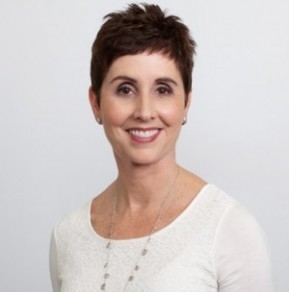


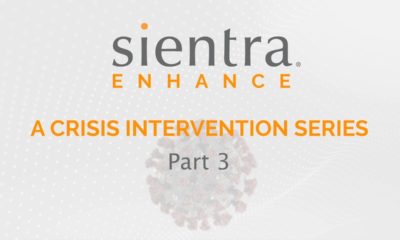

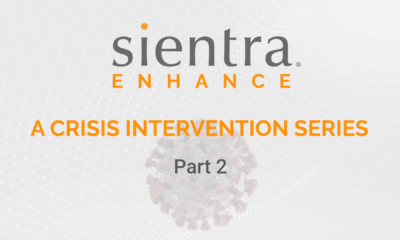
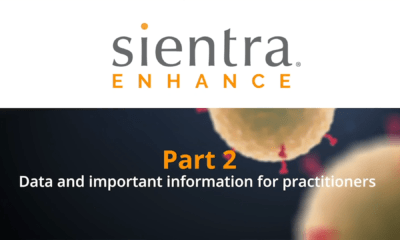
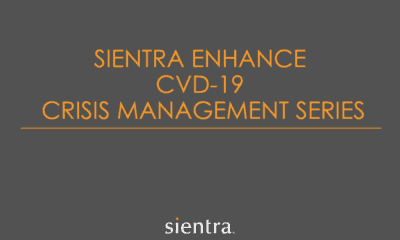
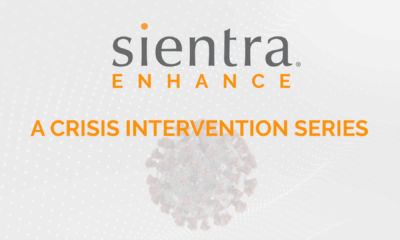





Facebook
Twitter
Instagram
YouTube
RSS